
America is a big country. Some of us live and garden in cold areas; some of us enjoy a much warmer climate. It’s the same with plants. Some native plants open their flowers as the mountain snow melts around them, others insist on tropical conditions to grow at all. The same applies to all the garden plants we grow that originate from around the world, each species is adapted to a particular climate.
The big question is this: how do we match the needs of individual varieties of garden plants with the climate in our area? In particular, are the winter temperatures in our area too cold to suit the plants that we’d like to grow? Which plants really will perform after their winter dormancy – and which should we simply not consider? Fortunately, there’s a very simple system that provides the answer.
The answer is the US hardiness zones. United States Department of Agriculture (USDA), along with the American Horticultural Society and horticultural experts across the country, have developed way of matching plants with the conditions they need. Here, we explain what this means and look at a big list of plants, trees, shrubs and flowers that will thrive specifically in zone 5.
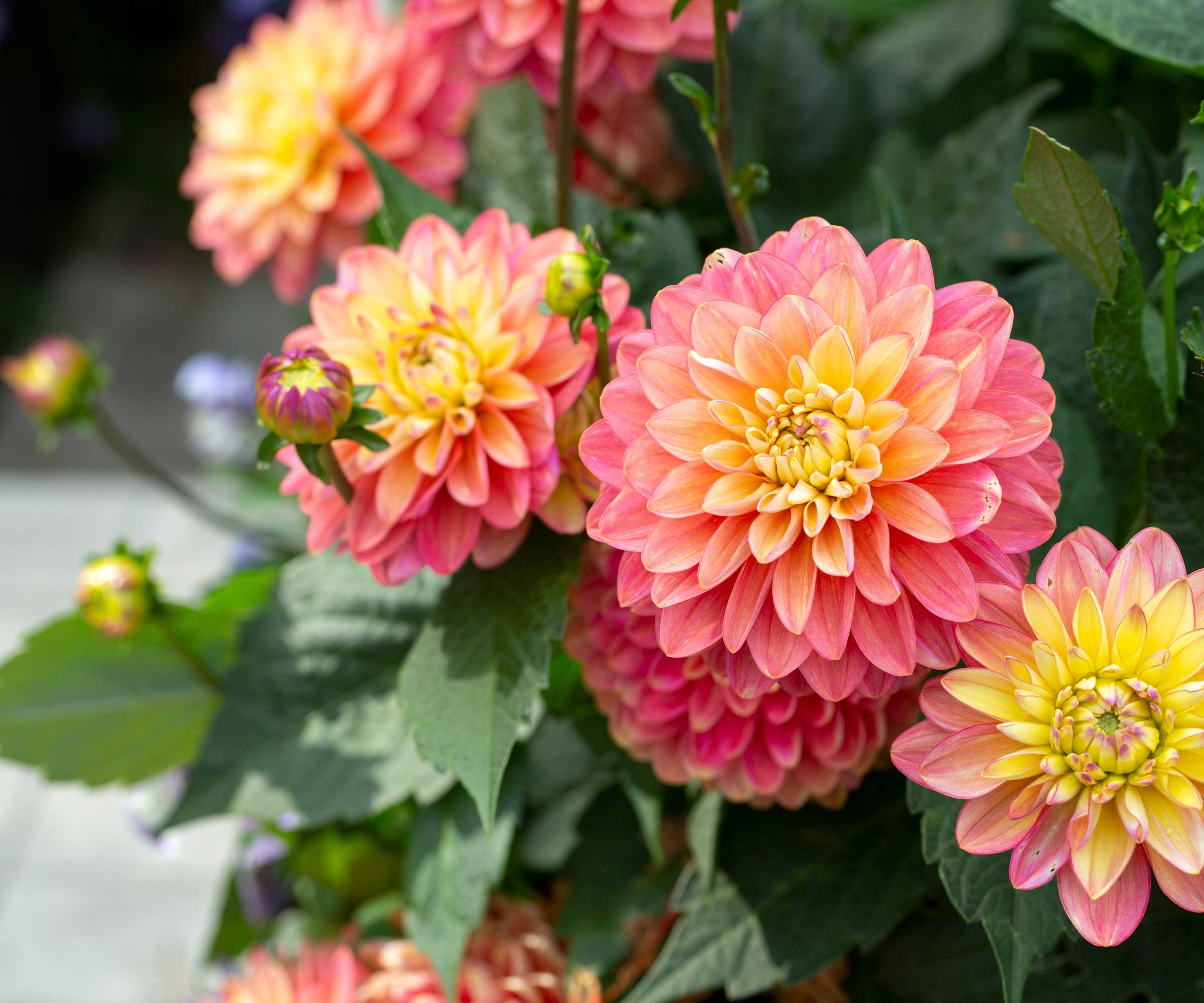
US hardiness zones explained
The USDA has divided the whole country into 13 zones according to the average coldest winter temperatures recorded at a huge range of weather stations. The coldest is zone 1, with winter temperatures of below -50F – very few plants will tolerate such frigid conditions and, anyway, there are few gardeners living in those areas. At the other end of the scale is zone 13, with winter temperatures of 60F or above. Zone 13 is too warm for many plants, but many thrive there.
The companion work has been done by expert horticulturalists around the country, assigning just about every plant we grow in our gardens to a specific zone according to the winter temperatures it will tolerate. This is the plant’s hardiness rating. Plant tags are marked with the hardiness rating and it will also be found on websites, in catalogs, and in books and online guidance.
Then, it’s simple: simply choose the plants whose hardiness rating corresponds with your hardiness zone.
Choosing plants for Zone 5
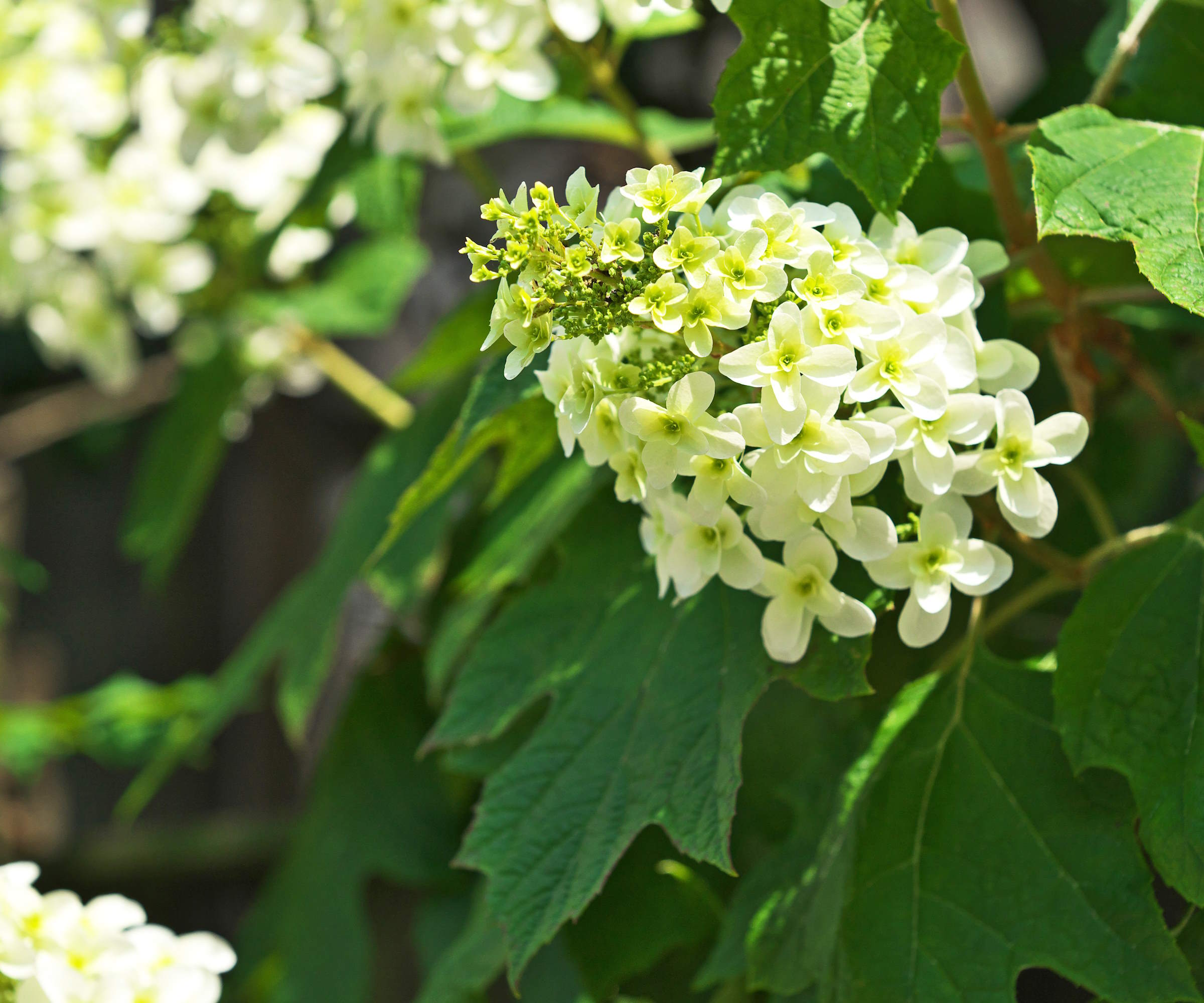
The simplest way to choose the right plants for your zone is to visit a local retail nursery or garden center. There you’ll find plants that will thrive in the local area – after all, if they sold plants that die in their first winter and are never seen again they’d spend more time dealing with complaints than selling plants. They may well offer some plants that will not re-grow in spring but will advise on how to coax them through the winter in a sun room or screened porch.
Online nurseries are invaluable, especially for those new to gardening. Many provide a facility that allows you to enter your zip code, and your hardiness zone is revealed – then you can easily select varieties that suit your zone.
Zone 5 gardeners should not only be able to grow plants rated for zone 5, but also those rated for zones 1-4. If your yard is sheltered, is well-drained gets plenty of sunshine you may also be able to grow some plants rated for zone 6.
Deciduous trees
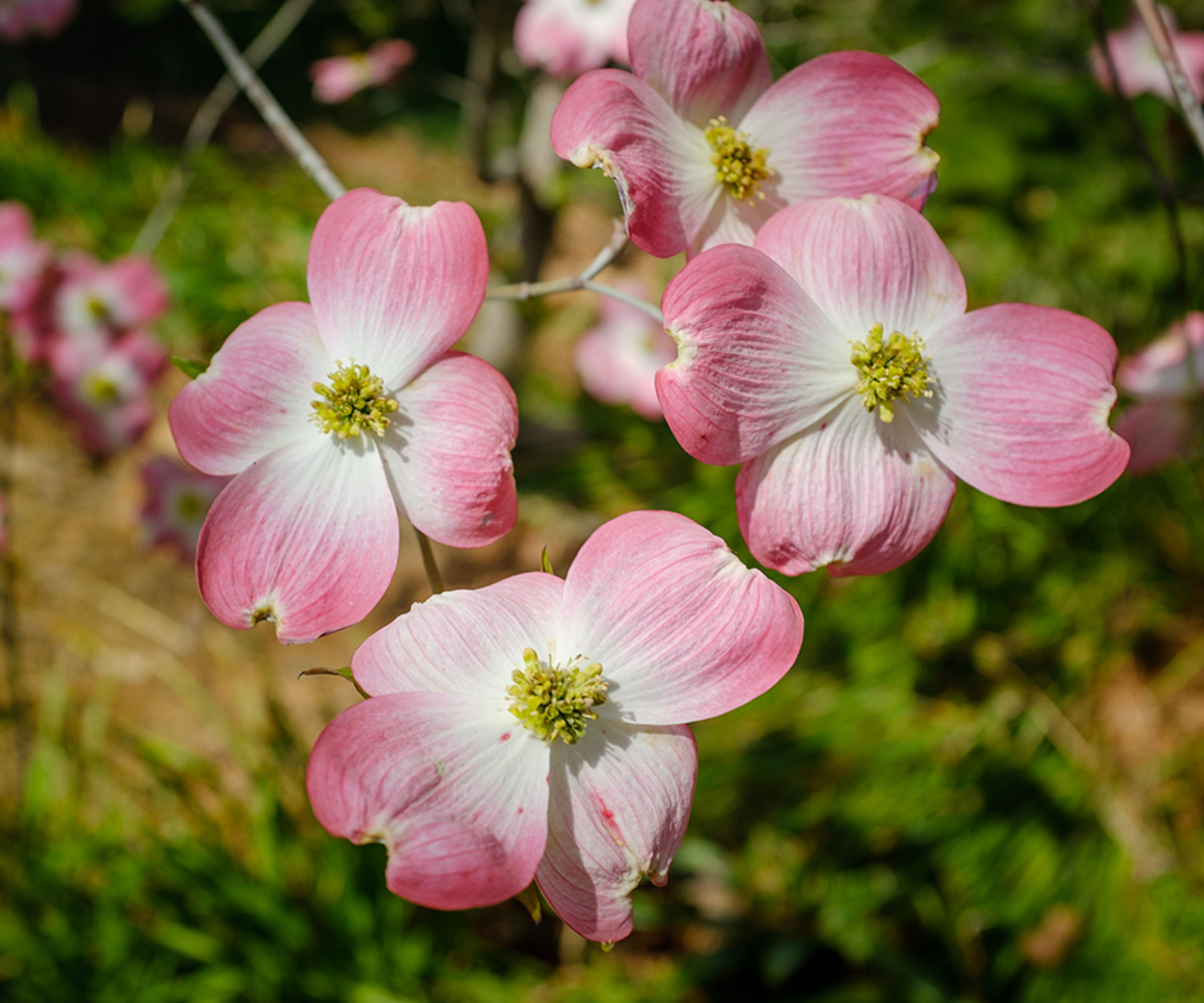
Himalayan birch (Betula utilis) Shining white, or pink-tinted, bark lights up the winter garden and many feature colorful fall foliage. Ideal in small spaces.
Flowering cherry (Prunus) Spectacular pink or white spring blossom, varieties with double flowers retain their impact the longest. The best also have fiery fall foliage.
Mountain ash (Sorbus aucuparia) Ideal in small yards, the white spring flowers and followed by red or orange fall berries and fiery fall leaf color.
Also try: Paperbark maple (Acer griseum), Flowering dogwood (Cornus), Japanese Pagoda Tree (Styphnolobium japonicum).
Evergreen trees
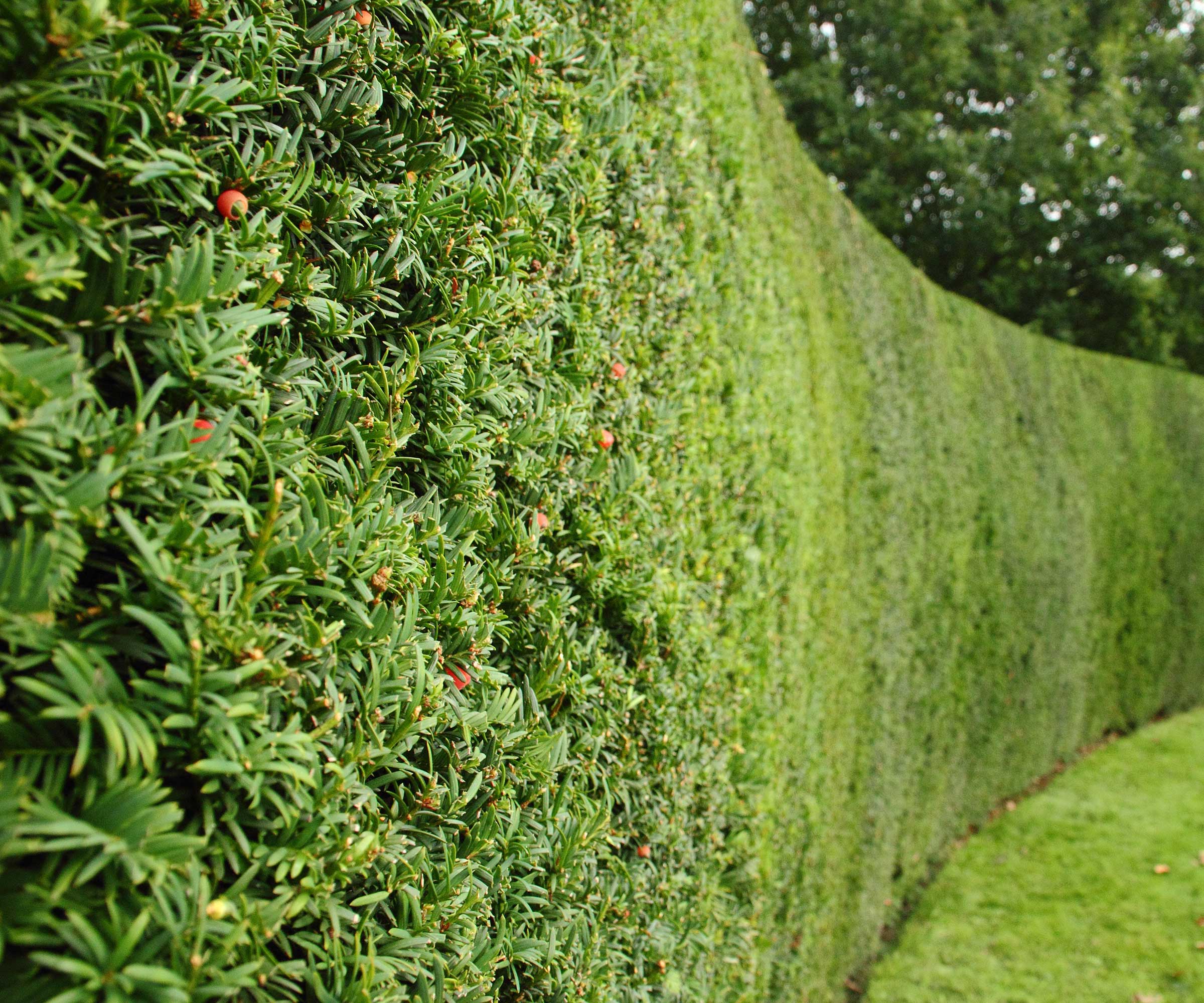
False cypress (Chamaecyparis pisifera) Attractive needle evergreens, many mature into neat growing varieties often with attractive gold or gray-blue foliage.
Japanese cedar (Cryptomeria japonica) Makes an attractive specimen or small group, slightly bluish needles often turn purplish in winter. Height varies between varieties.
Sweet bay magnolia (Magnolia virginiana) Bold, silver-backed foliage is an impressive year-round feature and the large, creamy summer flowers have a strong lemony scent.
Also try: Silver Korean Fir (Abies koreana), Yew (Taxus varieties), Weeping hemlock (Tsuga canadensis ‘Pendula’).
Deciduous shrubs
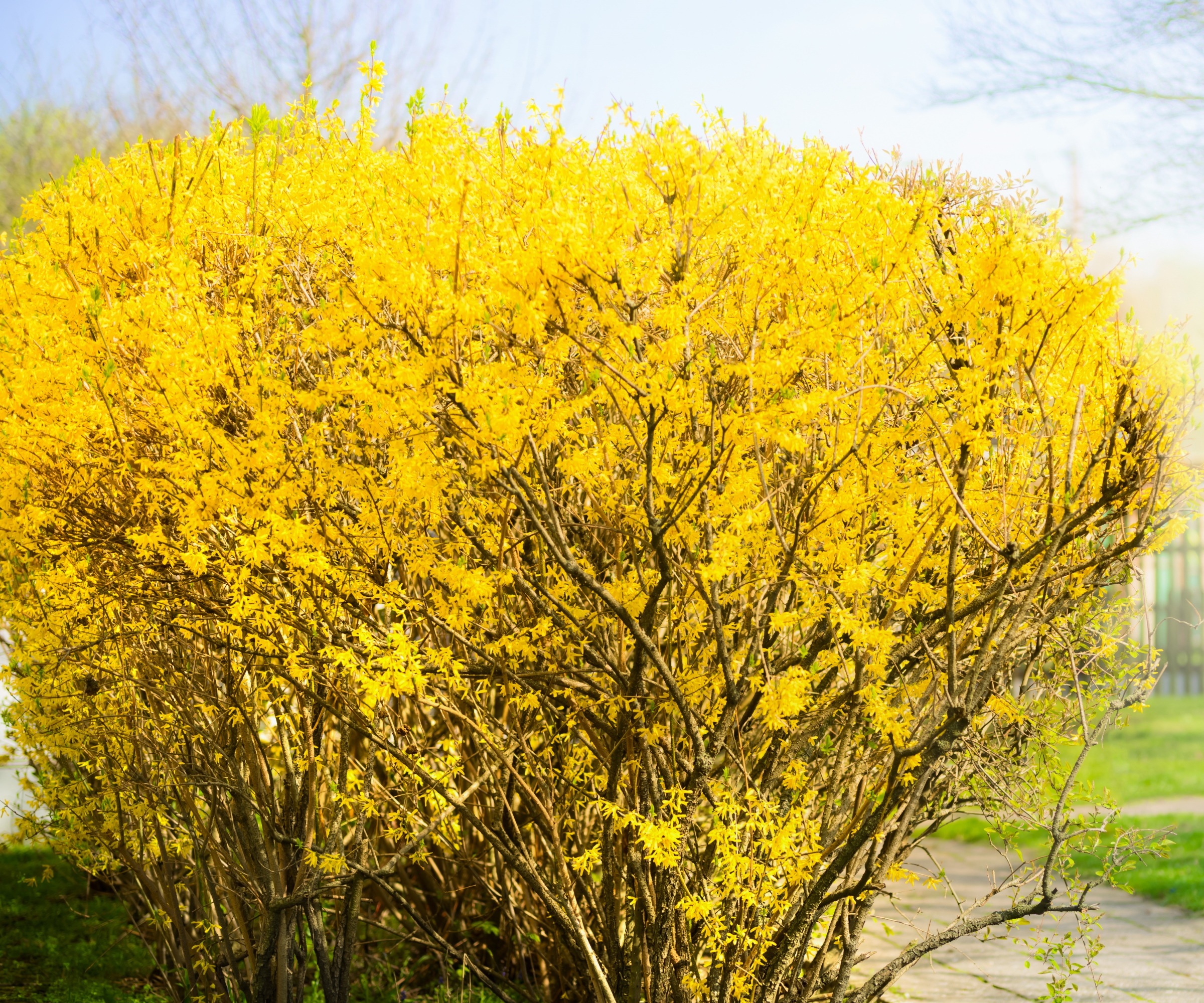
Forsythia (Forsythia) Bright yellow flowers line the bare branches in late winter or spring, easy-to-grow and happy in a range of soils and situations. Prune annually immediately after flowering.
Rose of Sharon (Hibiscus syriacus) Tough, long-lived, with summer-long single or double flowers in purples, pinks and white.
Ninebark (Physocarpus opulifolius) Underused foliage plants for sun or partial shade with leaves in many bronzed, coppery or golden shades. Happy in wet soil.
Also try: Smoke bush (Cotinus coggygria), Oakleaf hydrangea (Hydrangea quercifolia), American holly (Ilex verticillata).
Evergreen shrubs
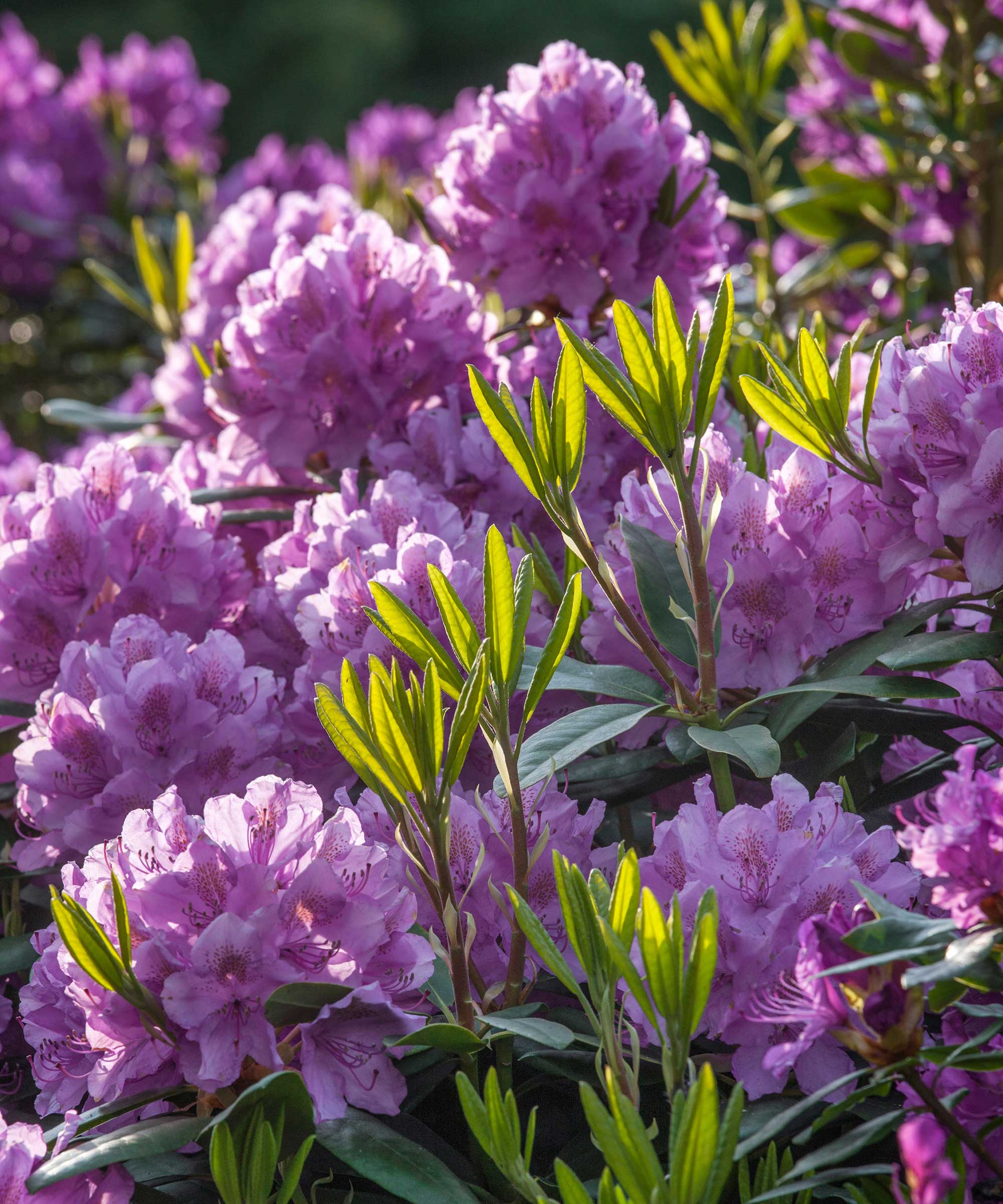
Japanese holly (Ilex crenata) A good range of neat, small-leaved varieties with green or golden foliage, and black berries on female plants. Best in full sun.
Oregon grapeholly (Mahonia) Showy clusters of yellow spring flowers are followed by black berries, all set against glossy foliage that matures from bronzed to dark and glossy green.
Rhododendron (Rhododendron) Bold foliage shows off the large and colorful spring flowers – a huge variety of plant sizes and flower colors are available though all need acid (lime free) conditions.
Also try: Boxwood (Buxus), Wintercreeper (Euonymus), Andromeda (Pieris).
Vines
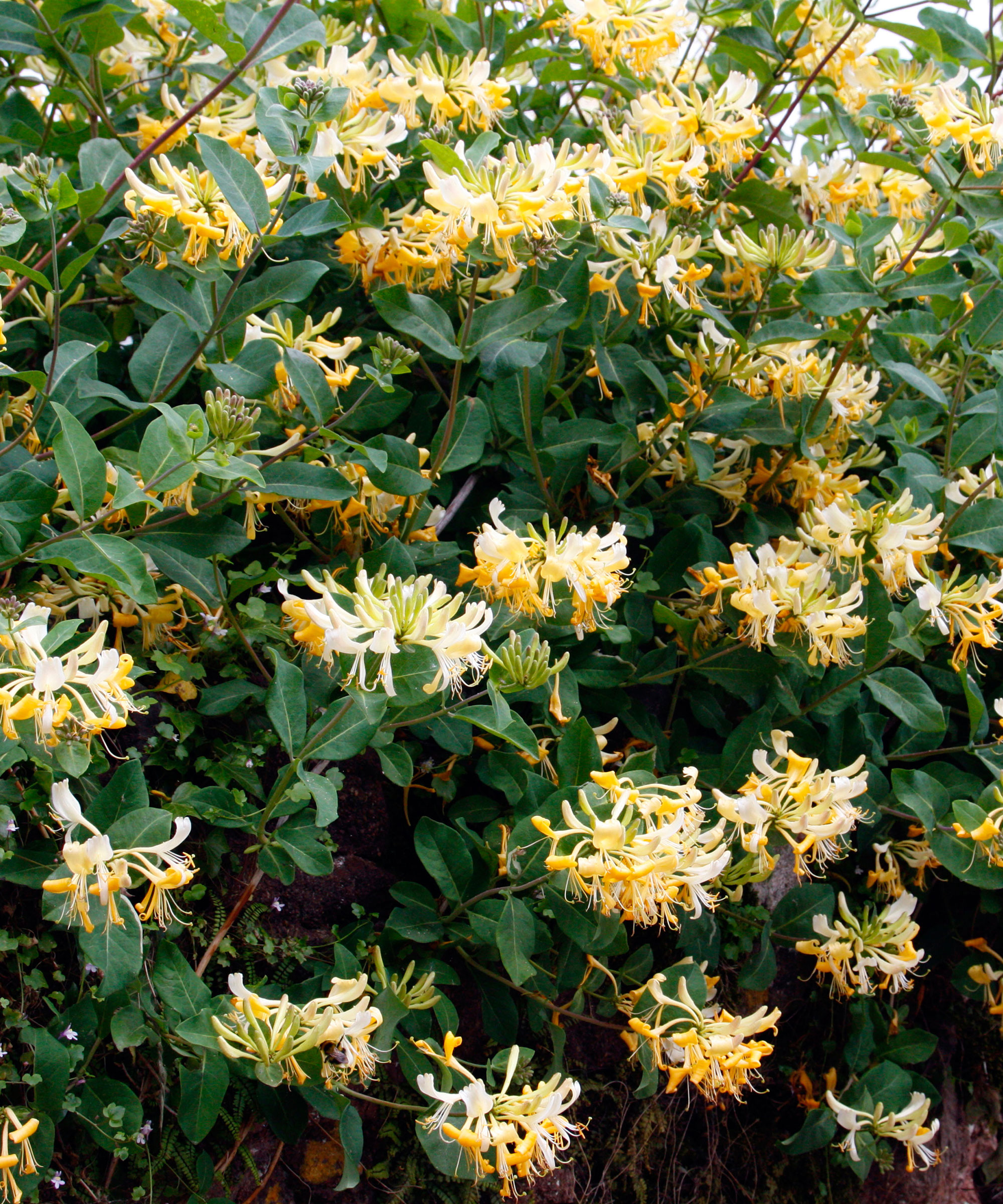
Climbing hydrangea (Hydrangea petiolaris) White lacecap flowers in early summer, stems cling to walls and fences as they climb.
Honeysuckle vine (Lonicera periclymenum) Twining, superscented cottage-style vine with clusters of colorful, pollinator-friendly flowers in reds, purples, cream shades and white.
Climbing roses (Rosa) Two types: Vigorous climbers that will scramble into mature shrubs or trees, with large clusters of small flowers, or better behaved varieties with fewer, larger blooms. Many are scented.
Also try: Clematis (Clematis varieties), Trumpet honeysuckle (Lonicera sempervirens), American wisteria (Wisteria frutescens).
Ground covers
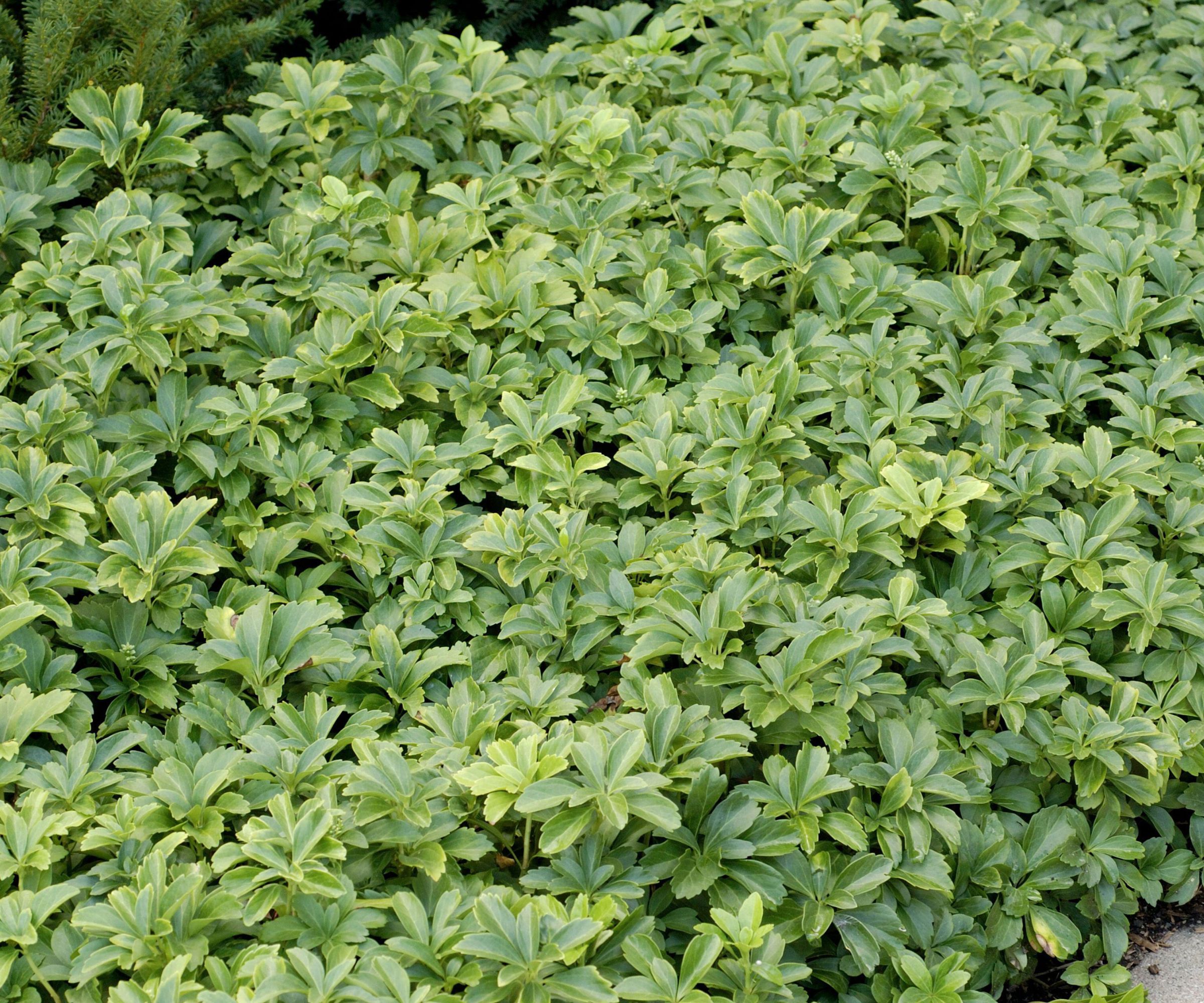
Carex Evercolor Series: A range of low, spreading, evergreen perennials with green, gold or striped leaves. Plants expand slowly to dominate weeds.
Wintergreen (Euonymus fortunei) Low and spreading, with neat green foliage often prettily edged or splashed in white, cream or yellow. Good in shade.
Yellow archangel (Lamium galeobdolon ‘Hermann’s Pride’) Dark green leaves with the veins picked out in silver and upright spikes of bright yellow flowers.
Also try: Sweet woodruff (Galium odoratum), Pachysandra (Pachysandra terminalis), Stonecrop (Sedum ‘Angelina’).
Shade perennials
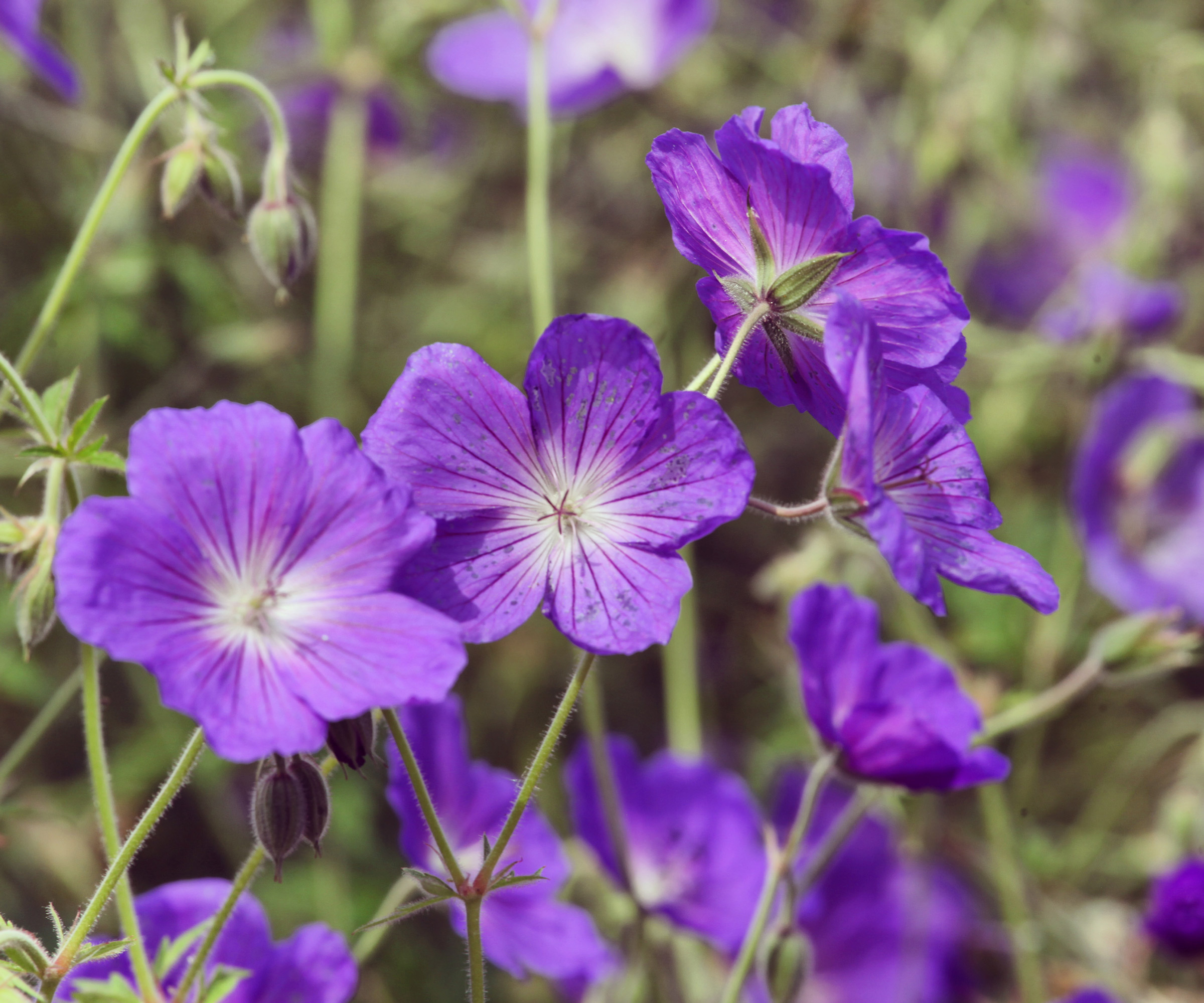
Bugleweed (Ajuga) Steady spreader for damp shade, most have blue flower spikes combined with an increasing range of golden and bronzed foliage.
Barrenwort (Epimedium) Dainty, spidery flowers in reds, pinks, yellows or white dance in arching sprays followed by a dense cover of glossy foliage sometimes mottled in bronze.
Hosta (Hosta) Eternal shade-loving favorites for borders or containers, leaves vary from dramatic and heart-shaped to a quiet, more slender look and in many colors and patterns.
Also try: Perennial forget-me-not (Brunnera), Hardy geranium (spreading Geranium varieties), lungwort (Pulmonaria).
Sun perennials
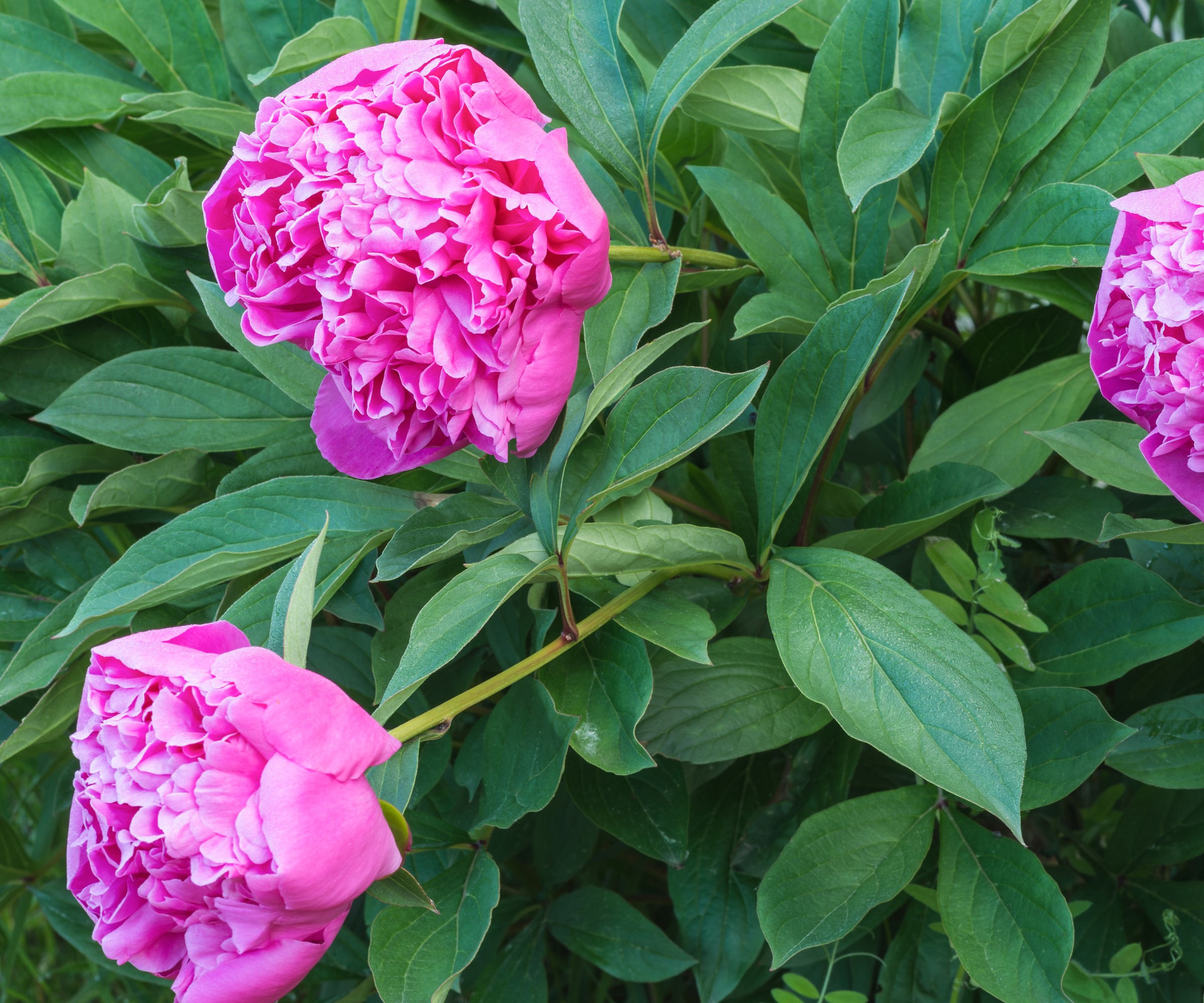
Yarrow (Achillea) Feathery foliage makes an ideal background for the broad, flat heads of tiny flowers. Now comes in a wide range of fruity and pastel shades.
False indigo (Baptisia) Spikes of pea flowers in blues, yellow shades, purples and more are set off by slightly bluish foliage on steadily spreading plants.
Peonies (Paeonia) Exceptionally resilient plants with single or double bowl-shaped early summer flowers in many red, pink and white shades.
Also try: Rose mallow (Hibiscus, Bee balm (Monarda), Marjoram (Origanum vulgare 'Aureum').
Spring flowering bulbs
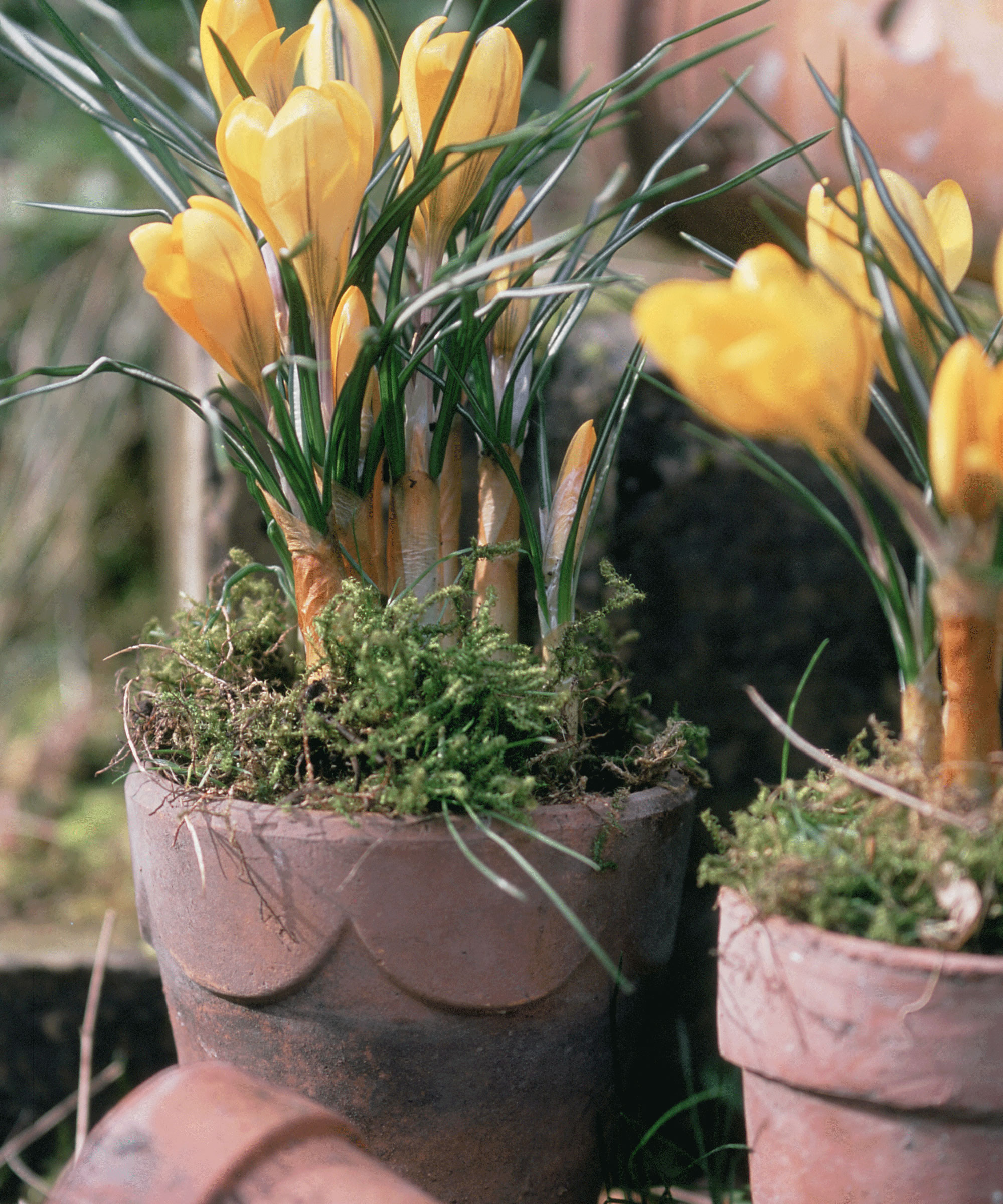
Anemone (Anemone blanda, Anemone nemorosa) Low growing, steadily spreading with sparkling flowers in vibrant and pastel tones. (The bulbs look more like stiff bootlaces).
Crocus (Crocus) Upward facing goblets in many colors and bicolors open on short, often clump-forming plants. The flowers open most fully in sun.
Daffodil (Narcissus) Easy, reliable with many styles of mostly yellow trumpets. Plant in clumps, or scattered, but never in rows.
Also try: Snowdrops (Galanthus), Hyacinth (Hyacinthus), Grape hyacinth (Muscari).
Summer flowering bulbs
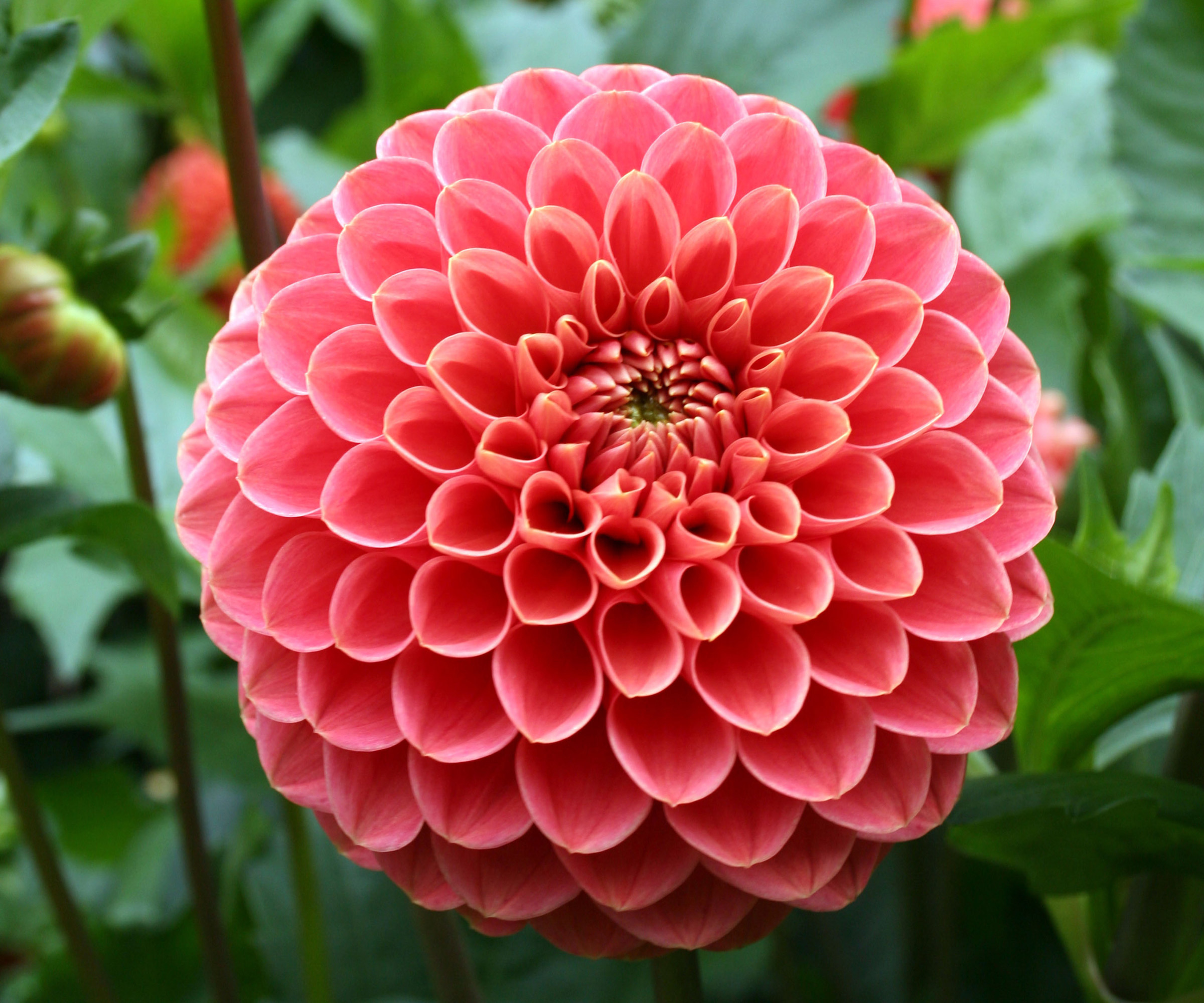
Tuberous begonia (Begonia x tuberhybrida) Superb plants for summer containers, in particular, with a great variety of flower colors and sizes, many with patterned or richly colored foliage.
Hardy cyclamen (Cyclamen hederifolium) Unexpectedly tough, the dainty flowers with their swept back petals are followed by prettily silvered foliage.
Dahlia (Dahlia) The one indispensable summer bulb, ranging from huge to dainty in vibrant or pastel tones.
Also try: Indian shot (Canna), montbretia, (Crocosmia), lilies (Lilium).
Native shrubs

Buttonbush (Cephalanthus occidentalis) Summer flower heads like little creamy fireworks are butterfly favorites, especially in damp soil.
Winterberry (Ilex verticillata) Deciduous holly with prolific berries in red, orange or yellow. Happy in wet soil, never gets out of hand but an occasional male plant needed for pollination.
Cranberry viburnum (Viburnum acerifolium) Brilliant fall color, an ideal alternative to the popular, but invasive, burning bush (Euonymus alatus).
Also try: Sweetspire (Itea virginica), Clove currant (Ribes aureum), Wild roses (Rosa Carolina, Rosa palustris).
Native perennials
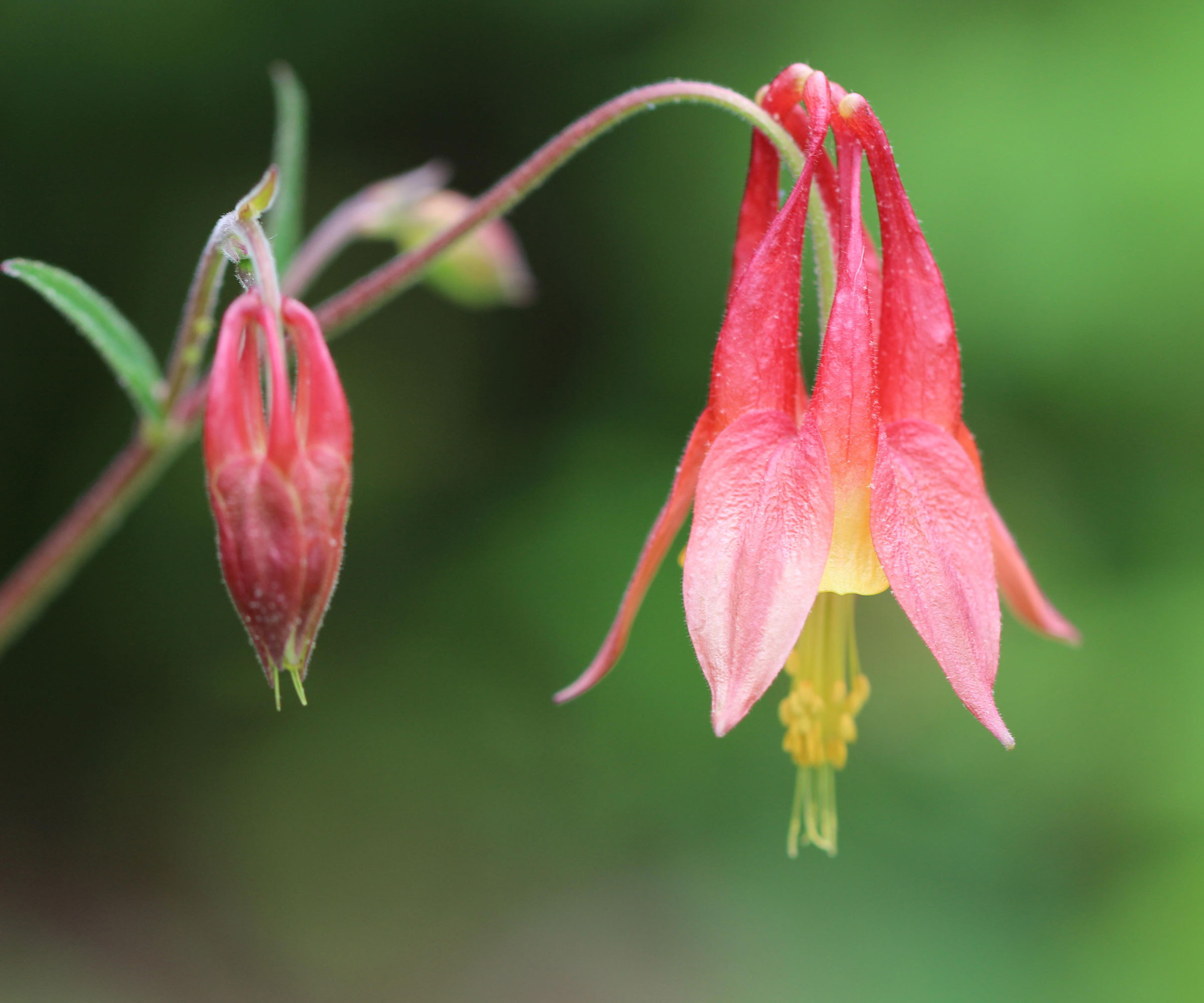
Anise hyssop (Agastache foeniculum) Strongly aromatic plant with small blue flowers packed into dense, upright, pointed spikes.
Stokes’ aster (Stokesia laevis) Large, upward-facing, summer flowers like blue or lilac dandelions open for a long season and also make fine cut flowers.
Blue phlox (Phlox divaricata) Pretty, steadily creeping woodlander with upward facing blue flowers, each of the five petals neatly notched at the tip
Also try: Columbine (Aquilegia varieties), False indigo (Baptisia australis), Coneflower (Echinacea).
Annuals

Cosmos (Cosmos) Feathery foliage sets off large golden-eyed daisies in many red and pink shades plus white and some new, very pretty bicolors. Flowers in sunny gardens all summer.
Morning glory (Ipomoea) Twining annual vine with flared trumpets in blues, purples and more. The flowers open for only one day, but are prolifically produced.
Monkey flower (Mimulus) Very quick growing, flowering in as little as eight summer weeks after seed-starting, the prettily spotted flowers can also be boldly marked in blood red.
Also try: Sunflower (Helianthus), Sweet pea (Lathyrus odoratus), Zinnia (Zinnia).
Vegetables
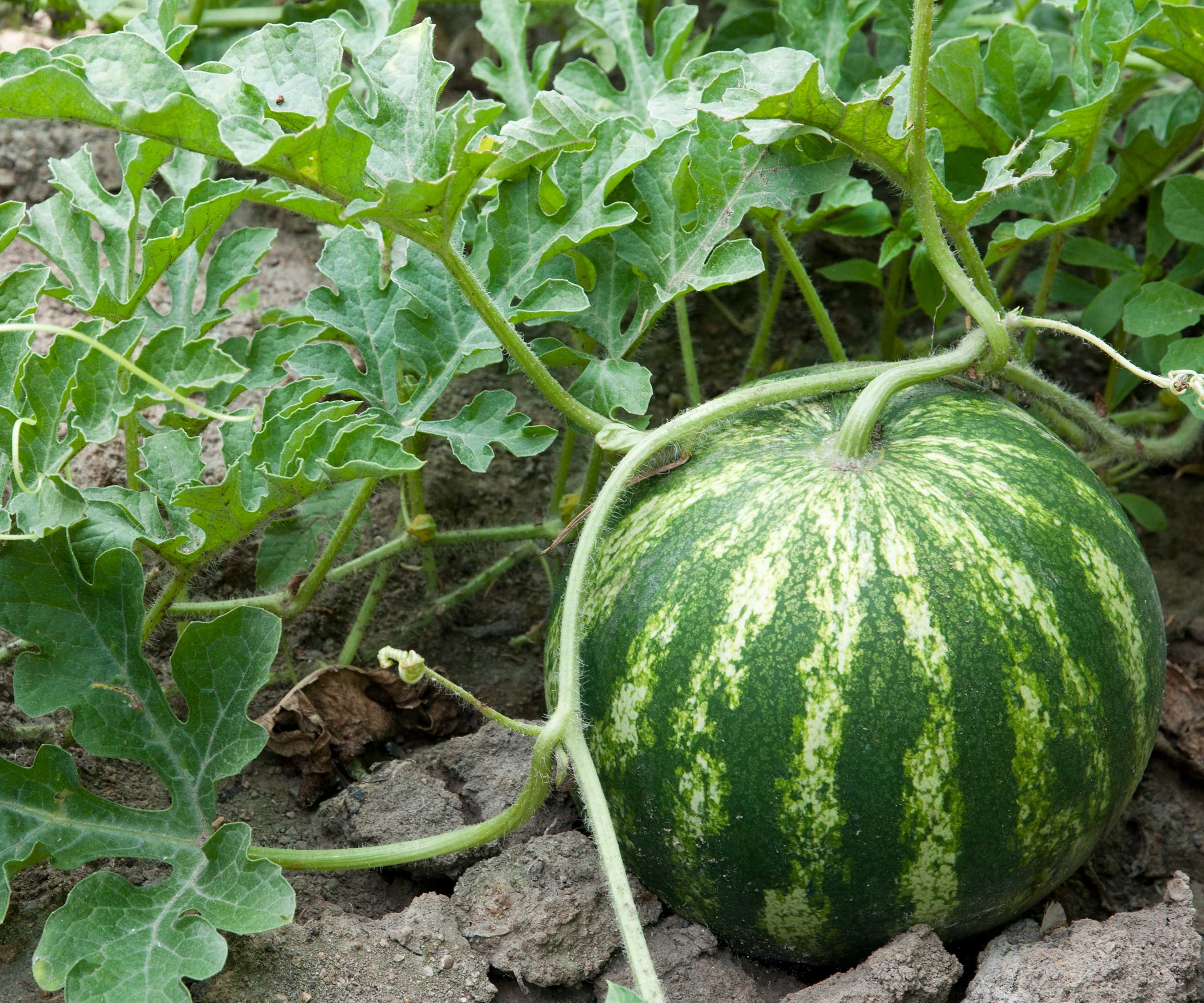
Onions Growing onions in zone 5 is all about choosing the right varieties. Get local advice on “long-day onions” from your local nursery or extension service.
Watermelons Choosing varieties that mature quickly after seed starting is the key, take local advice and check the guidance on vegetable seed suppliers’ websites.
Zucchini Choose bushy varieties that stay compact but crop prolifically, instead of climbing varieties that take longer to mature and need more care.
Also try: Chard, lettuce, tomatoes.
Fruits
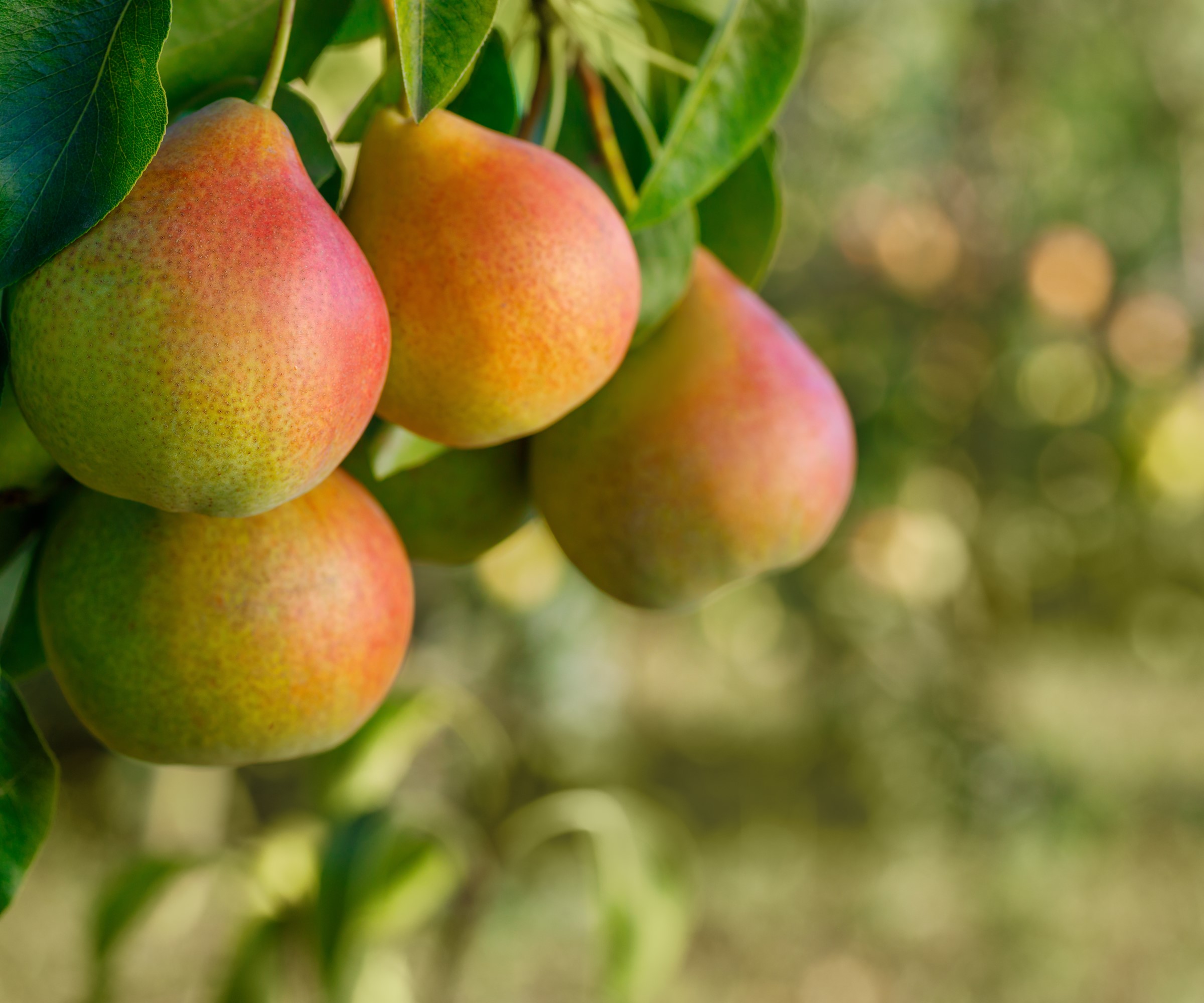
Apples Apples stand out as the best tree fruits for zone 5 and other cold areas, many varieties are suitable but, as ever with edibles, check those that do well in your area.
Pears Many varieties are suited to zone 5, but pears are best panted where they are not exposed to early morning spring sun that can damage opening flower buds.
Plums Early morning spring sunshine can damage frozen buds so later flowering varieties are best. As ever, check locally.
Also try: Apricots, blueberries, grape vines.
Getting advice at your local garden center before you purchase plants is hugely beneficial, and their expert staff will be able to advise on exactly the right growing conditions and soil type to match the perfect plants to your area.







